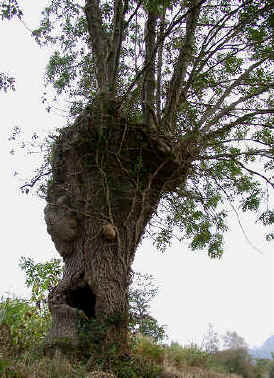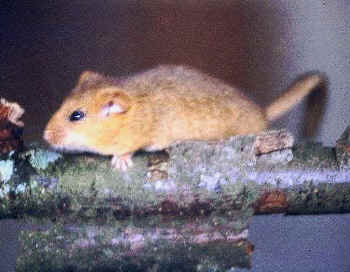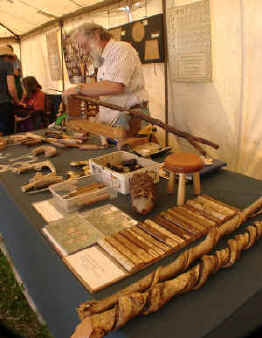Coppicing (2)
previous
Coppicing has great side-effects on woodland biodiversity by improving structural diversity. The cutting of small areas of the wood creates new open glades on a regular rotational cycle. Thus, as one glade gradually grows up and closes over, another is created somewhere else within the wood. As a result, there are always areas of high light intensity where plants other than the dominant trees can flourish. As areas are opened up to light again in a new cycle of cutting, they will be recolonized by a herbaceous ground flora. This develops either from the existing seed bank in the soil, or by dispersal from neighbouring areas within the woodland. Similar results can be obtained in a properly managed commercial forestry plantation. Where a 50 year rotation is being practised, if one 50th is clear felled each year, then open glades are continually created just as in coppiced woodlands. Animal biodiversity within a woodland is to a great degree dependent on the variety of plants other than trees growing within the woodland. For example, most woodland butterflies have caterpillars which feed on the herbaceous plants in a wood. Thus, the number of individuals, as well as the number of species of butterflies is often greatly enhanced by coppicing (more here). The demise of coppicing in most modern woods has been a contributing factor to the decline of many British woodland butterfly species.
Coppicing is extremely labour intensive and hence in modern times, expensive to carry out. The wood produced tends to have a relatively low value and has been replaced in many instances by other structural materials. Traditional skills have also declined along with the loss of traditional ways of life and the removal of dependence on local natural products. All of these factors have, to a great degree, resulted in the demise of coppicing as an economic and sustainable woodland management practice. Less than 3% of woodlands are now coppiced, mostly for Sweet Chestnut and Hazel. In times past, high biodiversity was merely a side effect of coppicing, whose main purpose was to supply a sustainable source of wood, without which people could not live. In an odd turn around, the main aim of coppicing in many woods today is biodiversity and conservation. The coppice products in this case have become a side issue, although their sale may help to offset the labour costs involved.
|
Continue to Wood Products & Traditional Crafts
Woodland Management Contents


